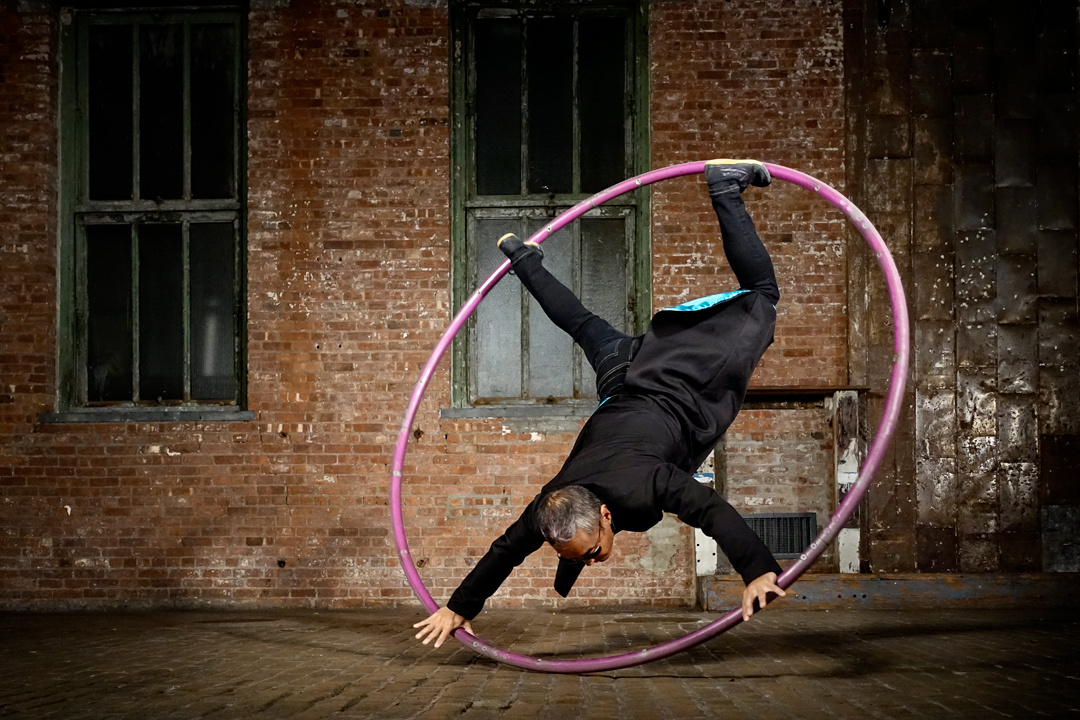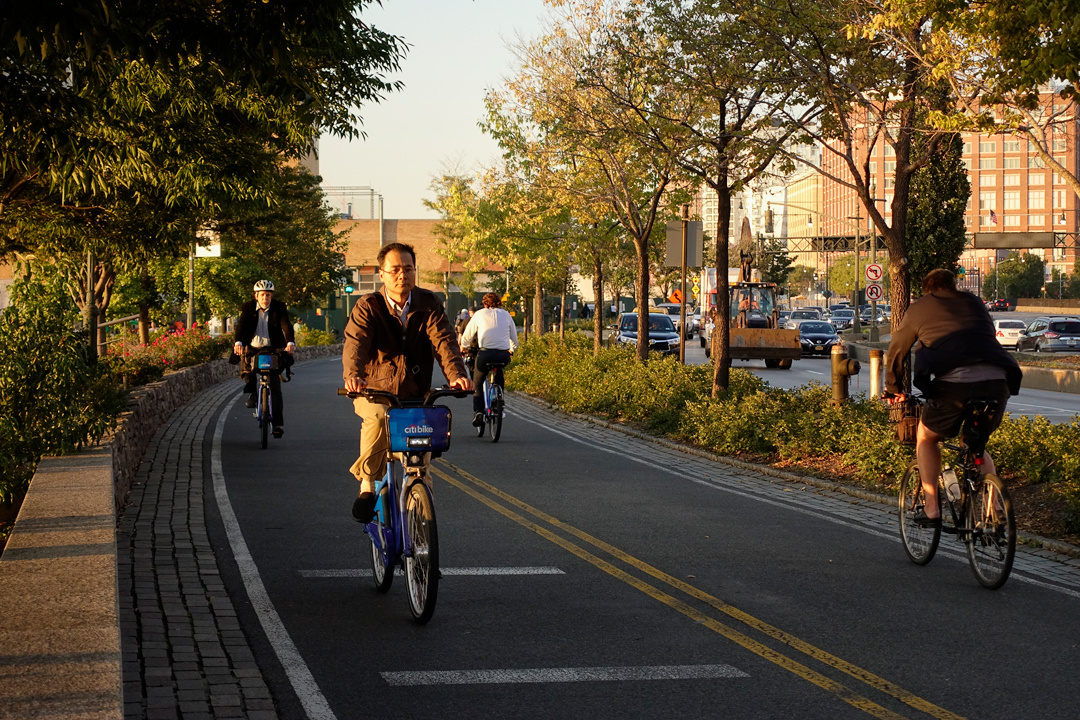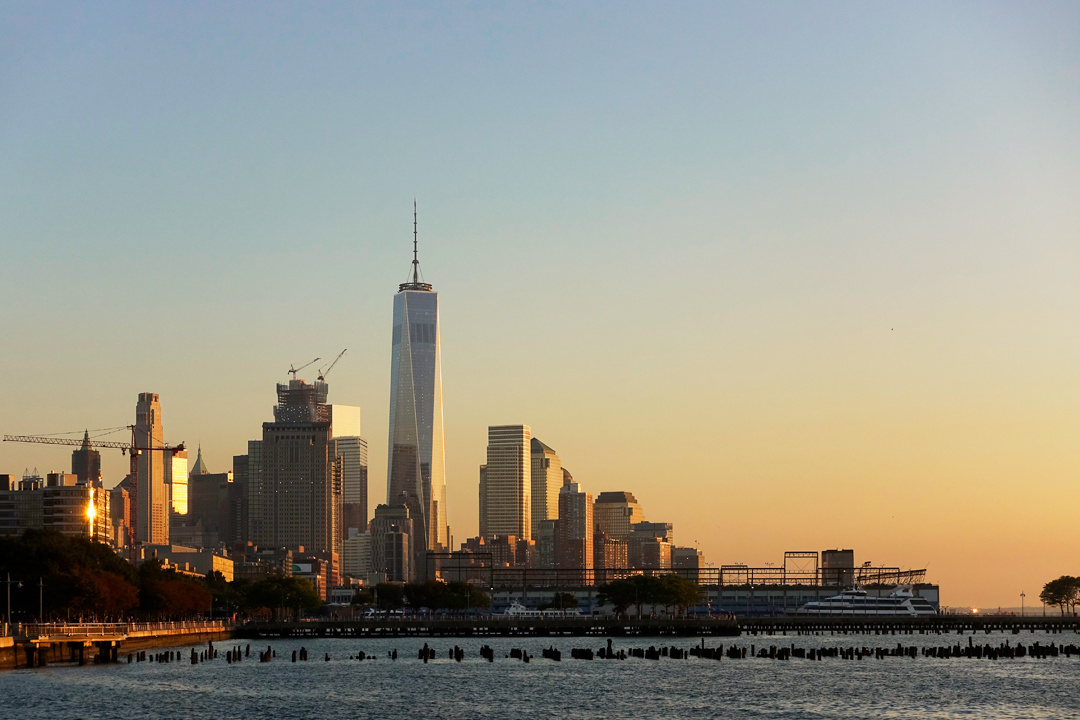Last week Sony announced the RX100 V, their latest Cyber-shot compact camera, alongside the new crop sensor flagship a6500. Sony is quick to point out that the new RX100 V model features the world’s fastest autofocus speed, the world’s most autofocus points, and the world’s fastest continuous shooting for any compact fixed-lens camera. I had a couple hours of hands-on time with the new camera, and here are my first impressions.
The overall size of the Sony RX100 V hasn’t changed in any noticeable way from the RX100 IV. It measures in at 4 X 2.3 X 1.6 inches and weighs 10 and a half ounces with the battery and memory card. The camera is certainly pocketable and would have no trouble finding a home in even the most minimal of bags. As a Sony a7R user, I noted that the RX100 V probably feels to me how the a7R feels to DSLR users. It’s a little awkward at first trying to figure out how to fit your hands and fingers on it if you’re like me and haven’t shot with a compact in quite some time. There’s no protruding grip for fingers to conform to, and it never really felt like I had a real solid grasp on it while using it. If I bought this camera, I would surely install the included wrist strap on day one.
One more bit of awkwardness is from using the pop-up 2.36 million-dot OLED viewfinder. I’m a left-eye dominant user when peeking through viewfinders, but with a compact camera my face, nose, and right hand make the space a pretty tight fit. Add in my left hand because I’m aiming for stability and trying not to drop the camera, and you have a claustrophobic party going on. Maybe it didn’t look that bad, but I certainly felt silly shooting like that.
The small compact size of course has its advantages, from the inherited travel-friendliness to masking a powerhouse camera in an unassuming and unintimidating body. There’s a lot of incredible imaging technology packed into the RX100 V, but I don’t think even one person I photographed on the streets of New York realized or cared one bit. To them I was randomly snapshotting to show Mom on Facebook; I was being just another tourist to be forgotten in two seconds.
Tip: The Sony RX100 V loves to make a lot of noise, especially if you are in 24fps continuous shooting mode. If you want to remain as unnoticed as possible, disable the shutter clicks and autofocus beeps in the menu (Shutter type: Electronic, Audio signals: Off).
The rear 3-inch LCD display has a resolution of 1.23 million dots. It can be pulled up 180 degrees so that it is viewable from the front of the camera, and also angled downwards 45 degrees for getting a higher angle. Having the viewfinder visible from the front of the camera is a huge advantage and is especially something to consider if your video needs could be met by either the a6000 cameras (LCD can’t swivel to be front-facing) or the RX100s.
Image Quality
The Sony RX100 V has a 20.1-megapixel 1-inch Exmor RS CMOS sensor with a DRAM chip. It uses the BIONZ X image processor and a newly developed front-end LSI which expands the memory buffer and improves high ISO image quality, even allowing for real-time noise reduction. The compact camera can now handle 4K video with full pixel readout and no binning, recording 14-megapixels of data oversampled 1.7x to create the 8-megapixel 4K files. The RX100 V can record super-slow motion video for twice as long as the Mark IV camera.
On the RX100 V is a Zeiss Vario-Sonnar T* 24-70mm f/1.8-2.8 lens with 10 elements in 9 groups. There’s also optical SteadyShot onboard, although I found it hard to notice exactly how much of a benefit it was actually providing shooting around the 1/30 s mark. The final image quality of the RX100 V files is fairly good, but didn’t really surprise me one way or the other. That is to say, I didn’t look at the images in disbelief that they came from such a small camera, and at the same time there was no disappointment in quality either. I guess my surprise was more in how realistic my expectations ended up being. The camera is capable of crisp, sharp lines and handles noise pretty well in stills, but still I wouldn’t want to line them up for direct comparison to my a7R with a Zeiss lens.
Autofocus and Continuous Shooting
When I first got my hands on the camera, a group of us were in a studio space with performers lit up against backdrops. With the RX100 V using a Wide AF area, the camera had no problems with focus tracking the moving subjects from one side of the frame to the other, using its Hybrid AF of 315 phase-detection autofocus points and 25 contrast-detection points. I could be nailing focus of moving subjects all day long here. Taking the RX100 V outside, however, is obviously where the real-world testing is (if you want to use the RX100 V as a studio camera, that’s all you).
Outside during golden hour on a beautiful October day in New York, I photographed people and things on the High Line and on a bike path near the Hudson River. Immediately I noticed the camera was handling this much different, with no fun little green box on the LCD display tracking the focus anymore. Still in Wide AF area mode, the camera and I weren’t really on the same page as for what the subject of the frame was. I was a little let down while photographing bicyclists on a bike path that I wasn’t getting near the same awesome focusing experience I got indoors. Being golden hour, there were high contrast areas of the scene that the RX100 V was infatuated with; Except they were non-moving patches of grass off the bike path, not the riders cruising by. Eventually I went with a narrow focus point which stiffened the composition, but at least I was getting a few in-focus frames. I think this area needs more testing and more time to determine what was going on, because again I didn’t have very long to use the camera and go through trying all the menu modes. If I could go back, I’d want to try Lock-on AF mode a few more times.
One of the “woah” moments of the RX100 V announcement was when Sony mentioned it could shoot 24fps at full 20.1-megapixel resolution. Not only that, but you could hold the shutter down for 6.3 seconds — 150 frames worth — and do this shooting either raw or JPG. Using the high-speed continuous mode is pretty remarkable, and there is minimal blackout so following action is easier. It sort of feels like you are recording a short bit of video, and then you can go back and select the exact frame needed. Rather than a dicey video still however, you get a clean, full image. The side effect of this is that you get a mess of frames that aren’t useful and need to be discarded. Shooting just one second of stills nets you 24 files that you’ll want to compare on the big screen to make sure you are selecting the best one, and that takes time.
Overall, I really dig having such a powerful camera in a tiny form factor. It’s my favorite thing about owning the a7R; it’s a kick-ass sensor with as little of body as possible formed around it. With the RX100 V, I get that same almost-smug feeling of knowing something that the people around me don’t know. After getting a brief hand-on look, I’d recommend keeping your eyes peeled for more reviews to come from this camera because I think Sony has something special here that even the professionals are going to want to carry with them.
The Sony RX100 V is available for preorder now at a price of $998. The unit is scheduled to ship on October 28. For $329.99, Sony is also now offering an underwater housing case that fits all the RX100-series cameras that should be of interest to some of you.
To see all the specs and features of the Sony RX100 V, check out the Sony website.



























Hey Ryan - can we see a side-by-side comparison of this with the Panasonic lx10. Both have simillar specs apparently. Pana is about $300 cheaper. Want to know your thoughts on it.
I could try but we'd have to wait until at least mid November when the LX10 is released.
Someone please put that in a drone ;)
Nice vlogging camera if you have the cash